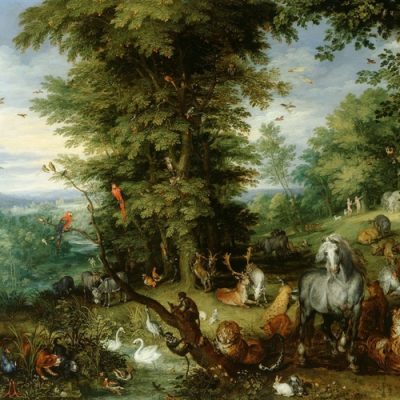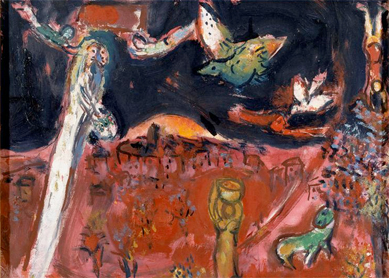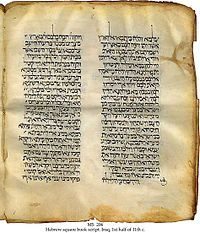The Hebrew Bible is not so much a “book” as a library. As the central sacred text of Judaism, it is a collection of inspired literature, comprising some 39 books, written over a period of many centuries and completed about four hundred years before the Common Era (“BCE”). It is also incorporated in the Christian Bible, where it is described as the “Old Testament”.
The Bible is described by Jews as the “Tanach” (“ch” as in the Scottish “loch”), which is an acronym for the Hebrew words Torah (“the Law”), Nevi’im (“Prophets”) and K’tuvim (“Writings”).
The word Torah is used in this context to describe the the five books of Moses, namely: Genesis, Exodus, Leviticus, Numbers and Deuteronomy. For Orthodox believers, these books represent the divine word given to Moses at Sinai. For the Progressive and Conservative, they are seen as divinely inspired.
The section described as Nevi’im includes not only the works ascribed to Isaiah, Jeremiah, Ezekiel and the twelve “minor” prophets, it also includes the historical books of Joshua, Judges, Samuel and Kings.
The K’tuvim comprise works of prayer, poetry and philosophy – the Psalms, the Proverbs, the Song of Songs and Ecclesiastes – as well as the stories of Job, Ruth, Esther and Daniel and the Lamentations of Jeremiah; and the section also includes the histories in Chronicles and Ezra-Nehemiah.




